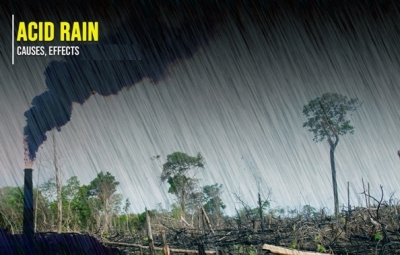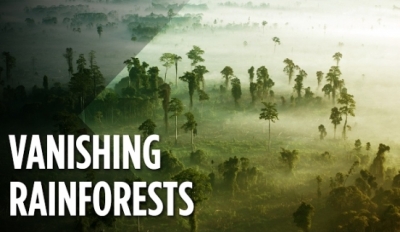
You may think there is not much you can do to help save plants. But there are lots of things you can do. When you go on a hike, stay on the path. Leaving the path harms the plants.
Sometimes you can help plants by not doing things. Do not pick or dig up wild flowers and other plants. Even though some are still plentiful, others are becoming rare. Enjoy wild flowers by taking pictures, or by drawing them. Buy seeds gathered in national parks or from seed companies. Then other people can enjoy the wild flowers, too.
Remind grown-ups to be very careful with campfires or outdoor cooking. Make sure that fires are out completely before you leave the area. If the weather has been very dry, don’t build fires at all. And when you leave camp, take all your rubbish with you to a litter bin.
Don’t break off limbs or peel bark from trees. The outside bark protects a tree from harmful insects and fungus. The inner bark moves food from the leaves to the roots. Peeling off a tree’s bark or breaking off its limbs can kill the tree.
You can help save trees by recycling. Many communities have recycling programmes. This means that used paper is picked up and taken to factories that use it to make new paper. Your family can recycle junk mail, old magazines, boxes, cereal boxes, toilet paper tubes, and even the tags from teabags.
Picture Credit : Google





